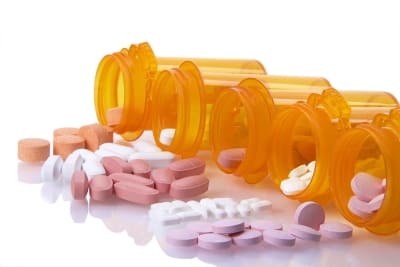Understanding Opiate Withdrawal
Prescription drug abuse is a growing problem in the United States, and this type of addiction is largely centered on the use of opiate drugs, which are prescribed as painkillers. Opiates include oxycodone, hydrocodone, hydromorphone, and morphine, as well as illegal drugs such as heroin. Breaking an addiction to any of these drugs is a challenging process, and it begins with drug detox, throughout which one must cope with opiate withdrawal. As you enter treatment with an addiction recovery program, it is important to know what to expect when it comes to withdrawal symptoms and detoxification. Read on to learn more about opiate withdrawal and the early stages of opiate addiction recovery.
Common Symptoms
The exact symptoms of withdrawal and their severity will depend on a number of factors, including how frequently and how long you were using opiate drugs. Immediately after you stop taking opiate drugs, you might have symptoms of restlessness, sweating, teary eyes, muscle aches, mood swings, and anxiety. After about a day, you might experience cramping, depression, high blood pressure, vomiting, blurry vision, diarrhea, and goose bumps.
Opiate Withdrawal Treatment
Because the symptoms of withdrawal can be so overwhelming and uncomfortable, many individuals will relapse within the first few days of going cold turkey without medical supervision. In the guided setting of a drug detox center, you will have improved comfort with medical monitoring and psychological care.
Possible Complications
In addition to a high risk for relapse, unmonitored withdrawal also carries a number of physical health risks, which can be effectively managed with inpatient detox. These risks include dehydration, pneumonia, and even heart attack.
If you are ready to take steps toward recovery and break your opiate addiction, the first step is detox in a professional addiction treatment center. To find the help you need, call Retreat at Lancaster County or Palm Beach County at (717) 859-8000.




